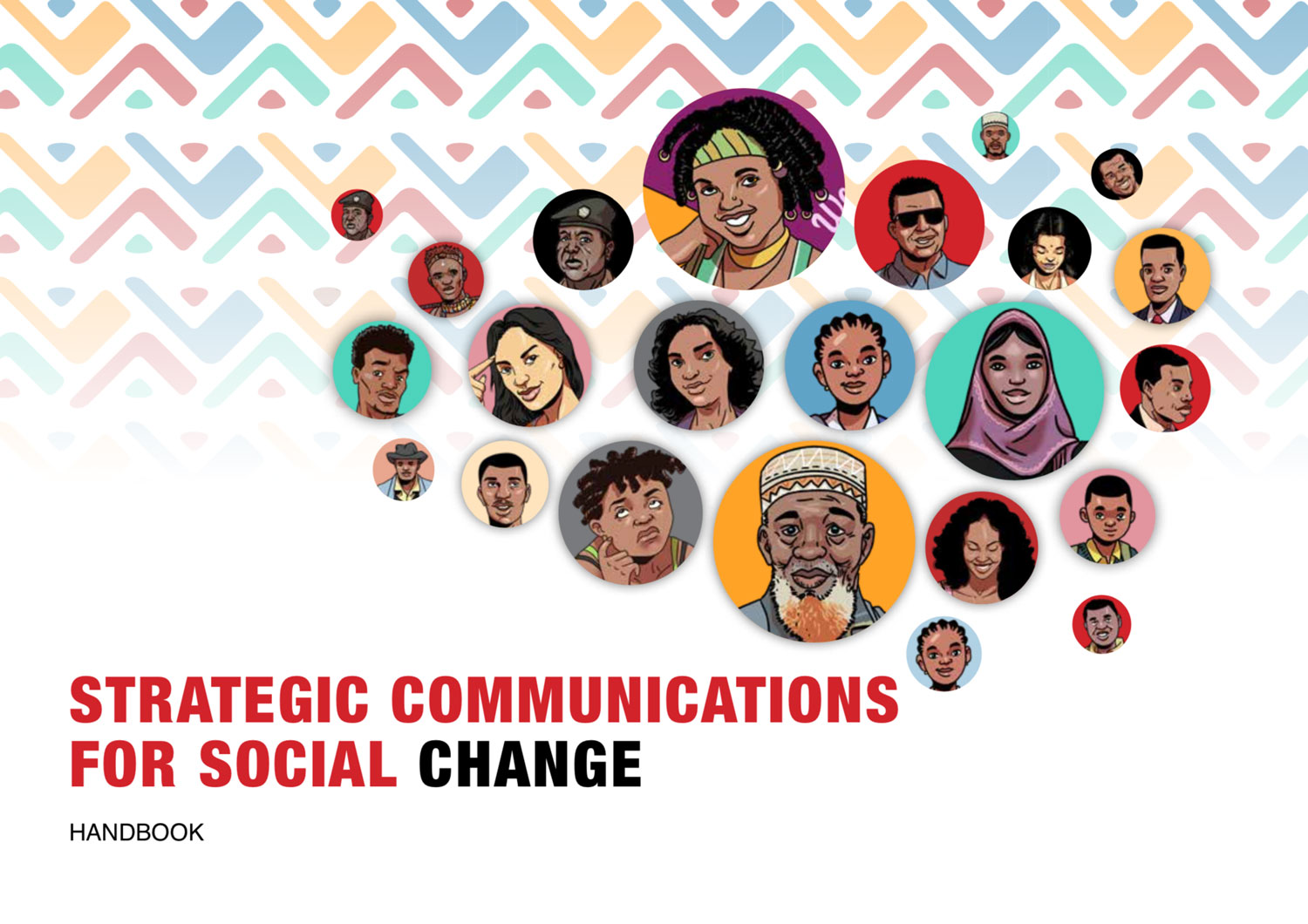I’ve just been at a conference attended by 450 people from all across the world. In the opening session, the facilitator asked for a ‘show of hands’: “Hands up: who has come from another country in Africa?” “Hands up: who has never been to this country before?” “Hands up: who is sitting next to someone they’ve never met before?”
It’s an ice breaker, but it’s also an illustrative exercise. What it shows is that the people at the conference are the kind of people who go to conferences. The facilitator then asks everyone to close their eyes… And imagine… All the people sitting in the conference around them… All the people outside the conference in the rest of the city… And all the people beyond the city limits in the rural areas of the rest of the country.
Then he opens up to the floor and the roving microphone circulates. He invites people to say what they want to get out of the next three days. People say they want answers to questions. They want voices to be heard. But above all, people ask how the people who are not at the conference are going to find out what happened here.
In the coffee break, the organiser confesses to me that she doesn’t have a plan for how to communicate the outcome of the conference. They simply don’t have the budget for that. Nor do they have the energy. She tells me what a logistical nightmare it has been to just keep the show on the road… the people who missed their flights, the hotel catering mishaps, the materials for the delegate packs that didn’t arrive from the printers in time.
Too many conferences are all about the people at the conference. But in the digital age, we should make conferences a platform for provoking, stimulating and facilitating a discussion that reaches far beyond the four walls of the conference centre. Using live-streaming, catch-up podcasting, pre and post-event blog posts, pre-recorded videos, open Q&As and live-tweeting with an official hashtag can all project the content of a conference beyond the attendees.
Because the ultimate audience for any conference, is not the people in the room. It’s the people who aren’t there that are being discussed.
Richard Darlington is Head of Strategic Communications at Well Told Story
Follow him on Twitter: @RDarlo




